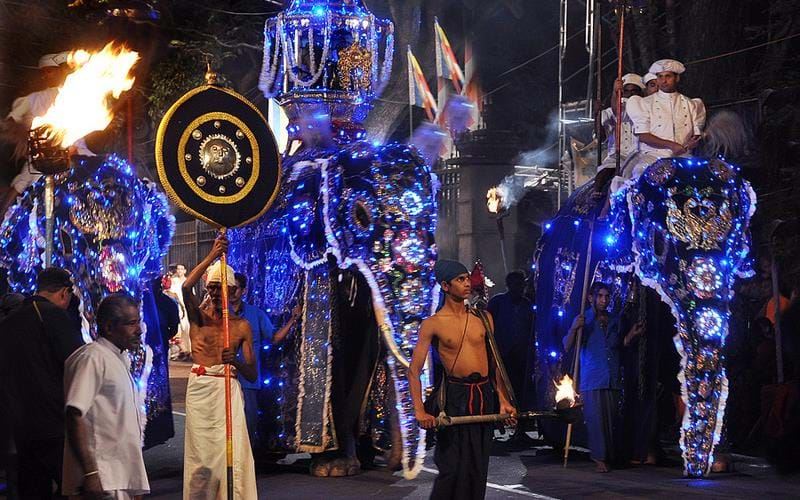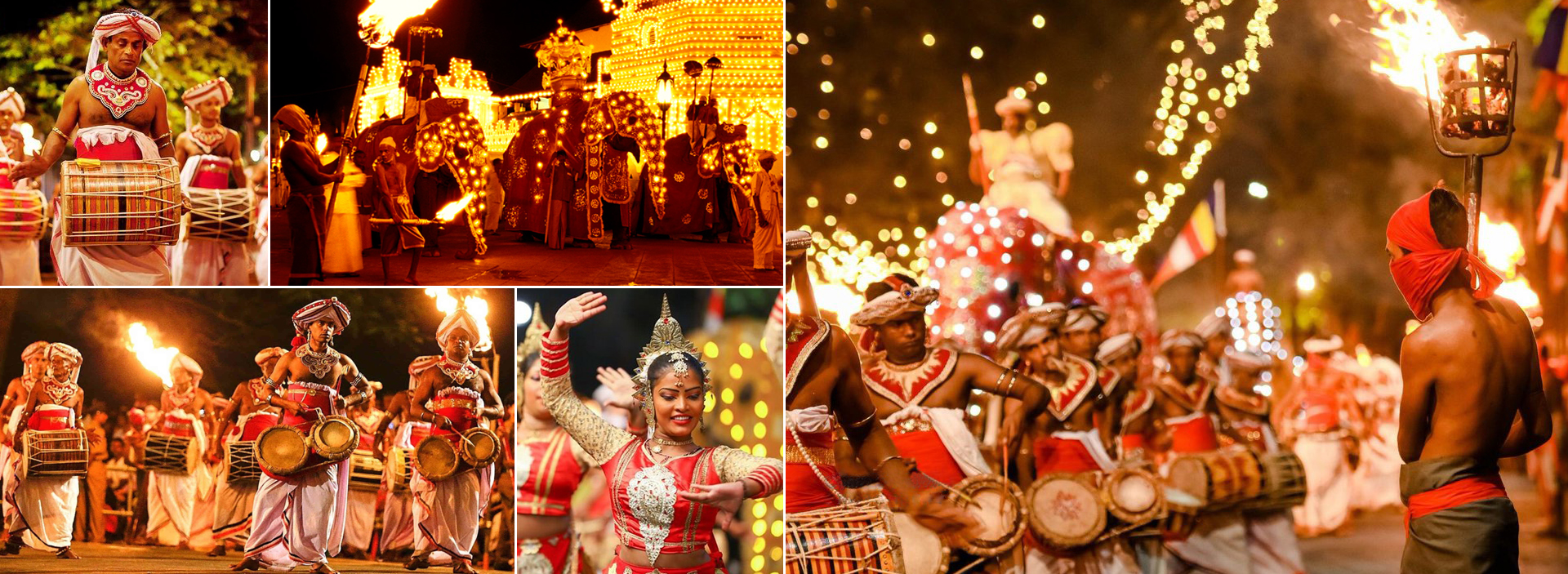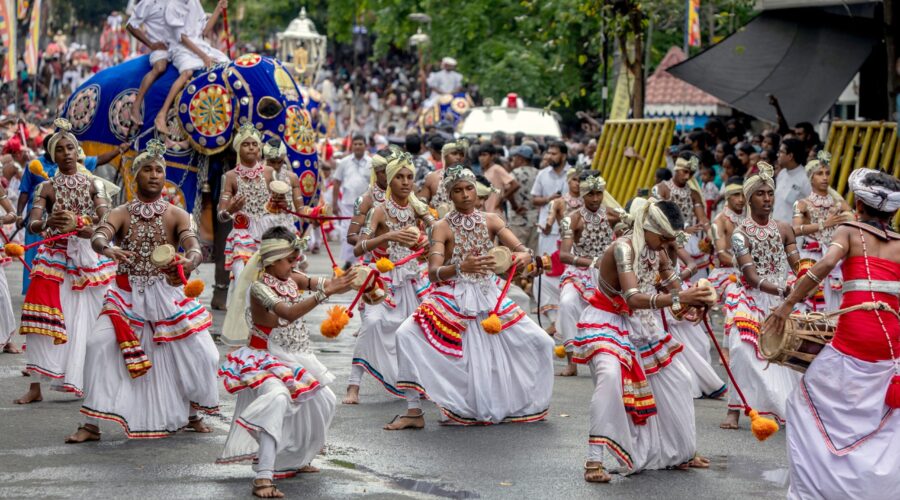Sri Lankan Perahera: A Grand Cultural Spectacle
Sri Lanka is a land rich in traditions, culture, and history, and nothing showcases this more vividly than the Sri Lankan Perahera. The term “Perahera” refers to a grand procession, often featuring elephants, dancers, drummers, and religious offerings. These processions, deeply rooted in Buddhism and Sri Lankan history, attract thousands of locals and tourists each year. Among them, the Kandy Esala Perahera is the most famous and holds immense cultural and spiritual significance.
History and Significance of Perahera in Sri Lanka
The origins of Perahera in Sri Lanka date back over two thousand years. Traditionally, these processions were held to honor deities and sacred relics, as well as to seek blessings for good harvests and protection from natural disasters. Today, they serve as a grand display of Sri Lanka’s rich religious and cultural heritage.
The Kandy Esala Perahera is particularly revered because it venerates the Sacred Tooth Relic of Lord Buddha, housed at the Temple of the Tooth (Sri Dalada Maligawa) in Kandy. This procession is held annually in July or August and draws visitors from across the globe.
The Most Famous Peraheras in Sri Lanka
1. Kandy Esala Perahera
- One of the grandest Buddhist festivals in Sri Lanka.
- Features lavishly decorated elephants, traditional dancers, fire breathers, and drummers.
- Celebrated in July/August to honor the Sacred Tooth Relic.
2. Navam Perahera (Colombo)
- Held in February at the Gangaramaya Temple in Colombo.
- Features a mix of cultural and religious elements with a modern touch.
3. Kelaniya Duruthu Perahera
- Commemorates Lord Buddha’s first visit to Sri Lanka.
- Held annually in January at the Kelaniya Temple near Colombo.
4. Kataragama Perahera
- Takes place at the famous Kataragama Temple in the southern part of Sri Lanka.
- A blend of Hindu and Buddhist traditions.
5. Aluthnuwara Perahera
- A lesser-known but historically significant procession in the Sabaragamuwa Province.

What to Expect at a Sri Lankan Perahera
Attending a Sri Lankan Perahera is an unforgettable experience. Here’s what you can expect:
1. Lavish Costumes & Traditional Dances
- Performers wear vibrant, intricately designed costumes.
- Kandyan dancers, fire dancers, whip crackers, and drummers add to the spectacle.
2. Majestic Elephants in Decorated Attire
- The star attraction of every Perahera is the elaborately adorned elephants.
- The lead elephant (Randoli) carries the Sacred Tooth Relic casket.
3. Religious Chants & Rituals
- Buddhist monks and devotees chant prayers throughout the event.
- The Perahera also includes ceremonial blessings and offerings.
4. Fire Performers & Torchbearers
- Fire breathers and torch carriers illuminate the night, adding to the magical ambiance.
Best Time to Witness the Perahera
The best time to witness the Sri Lankan Perahera depends on the festival you wish to attend. The Kandy Esala Perahera (July-August) is the most spectacular, but other Peraheras occur throughout the year.
Travel Tips:
- Arrive early to secure a good viewing spot.
- Wear modest and comfortable clothing, as Peraheras are religious events.
- Book accommodations in advance, especially for the Kandy Esala Perahera.
Why the Sri Lankan Perahera is a Must-See Event
If you’re planning a trip to Sri Lanka, attending a Perahera is a once-in-a-lifetime opportunity. The fusion of culture, tradition, spirituality, and grandeur makes it one of the most breathtaking events in Asia. Whether you are a history enthusiast, a photographer, or a spiritual seeker, the Sri Lankan Perahera offers something unforgettable for everyone.
Conclusion
The Sri Lankan Perahera is more than just a parade—it is a celebration of faith, heritage, and community. Whether you witness the Kandy Esala Perahera or any of the other processions, the experience will leave you mesmerized by the beauty and spirituality of Sri Lanka’s rich traditions. Plan your trip accordingly and immerse yourself in the magic of this grand cultural spectacle!
For more details on Sri Lanka travel tips and festival updates, visit Trippy Sri Lanka.


